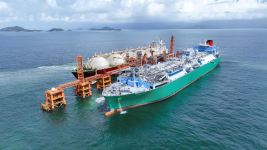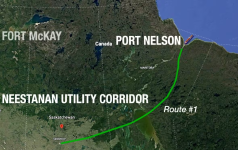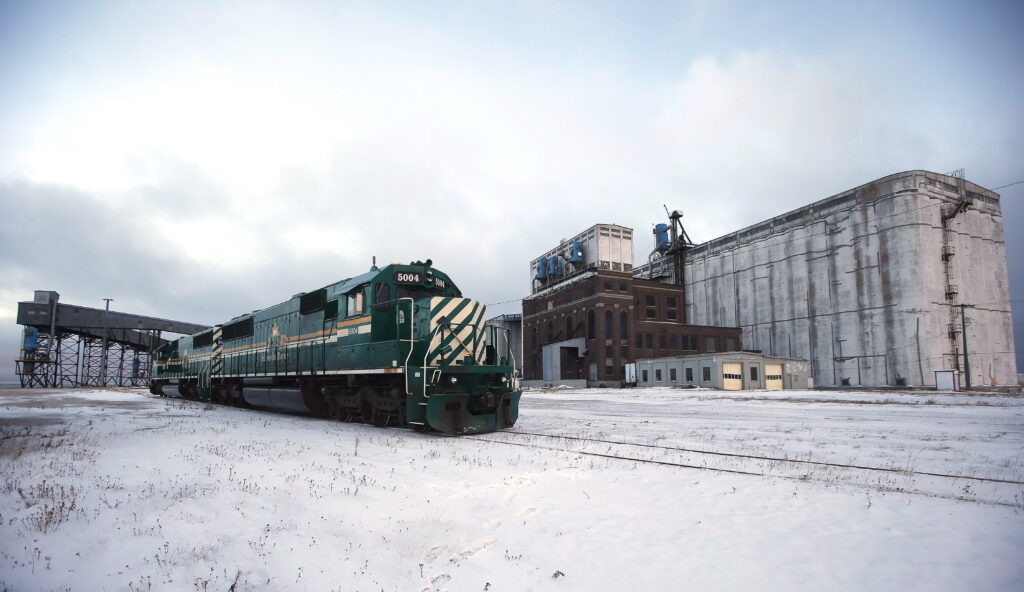The provincial support for the shipping corridor and port proposal also has the federal government stressing the strategic importance of the Port of Churchill, the recipient of almost $300 million worth of federal and provincial investment in recent years.
NeeStaNan's backers, however, said the
transhipment of commodities through Hudson Bay could bolster exports from all three Prairie provinces and provide an economic development windfall for Indigenous communities located along the shipping route.
"The port and corridor will be 100 per cent Indigenous owned," said Robyn Lore, a NeeStaNan director based in Calgary.
Lore, an entrepreneur with a background in energy and agriculture, said his company NeeStaNan Projects Inc. is set up to determine the feasibility of the project.
On Thursday, Manitoba announced it will contribute $6.7 million to study the NeeStaNan's feasibility, provided Alberta and Saskatchewan cover the remainder of the $26-million study cost.
Piwniuk said NeeStaNan would complement the Port of Churchill but largely consign it to serving as a regional as opposed to international port.
"We got a lot of supplies that go up to the north to Churchill. That can still be a distribution centre," Piwniuk said Friday in a telephone interview from Medicine Hat, Alta.
"This is an opportunity to look at other natural resources that can come to Hudson Bay. And this is what feasibility study is going to be … where [is] the best place to locate this possible port?"






